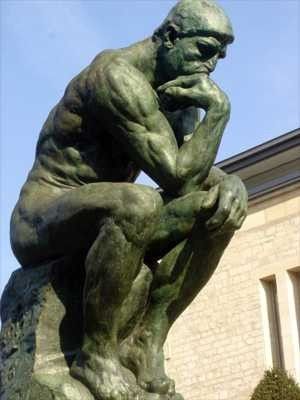To begin with, there are those who are too easily led to believe what they want and who take almost anything as valid evidence for that belief. On the other hand, some research shows that most people are too conservative in assigning weight to a piece of evidence. In general it is found that we remain less convinced than the evidence warrants. Or, to put it another way, humans may be more skeptical than they should be.
Apart from the question of the strength of the evidence, recent studies also look at how the evidence is presented and what that does in terms of our weighing of it. Nicole Jardine says in Scientific American;
...A recent study by Jennifer Whitman and Todd Woodward found that when pieces of evidence are doled out one at a time, instead of being shown all at once, people conclude that the evidence is stronger.
So if a lawyer were to make her case all at once, it would be less effective than the usual drawn-out process in which pieces of evidence are introduced one at a time. Or, if you learn three things which indicate there is global warming, you will be more convinced if they are presented one at a time rather than all at the same time. The article continued;
Researchers Whitman and Woodward recently demonstrated this effect in a controlled laboratory setting. In their study, people looked at a display on a computer screen. At the bottom of the screen was a little pond connected to two big lakes. The pond contained three fish - say, two white ones and one black one. Then the two lakes big lakes were filled with different proportions of white, black, and yellow fish. People looked at the lakes and the pond, and used a sliding scale to judge the probability that the fish in the pond came from Lake 1 or Lake 2. Sometimes there was strong evidence, or a high probability, that the fish were from Lake 1 (Lake 1 had mostly white fish, and some black fish, like the pond). Sometimes it was weak evidence, or a low probability, that fish were from Lake 1. Also, sometimes the fish in the lakes were added in sequence: all the white fish appeared, then the black ones, then the yellow ones. Other times, all the fish were added all at once. When the fish were added one at a time, people perceived the evidence to be stronger.Keep in mind that the judgment of participants should have been the same if the evidence was of the same strength each way it was presented--at least if it was a process of pure rationality going on. But just by presenting evidence differently, we get differing conclusions, even in a laboratory setting. This is one more example of how imperfect we can be in our thought processes. It should not be taken as a lack of intelligence (humans have been to the moon, after all), but it reminds us to be just a little less certain about all of our beliefs, and a little more open to ideas or possibilities that contradict our current fallible thinking. With the possible (and partial) exception of the field of mathematics, rationality cannot be perfect in humans.




Reader Comments
to our Newsletter